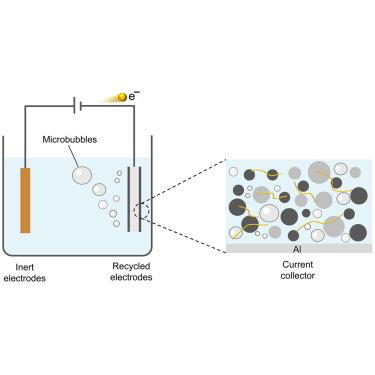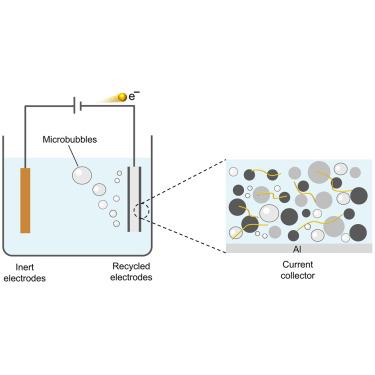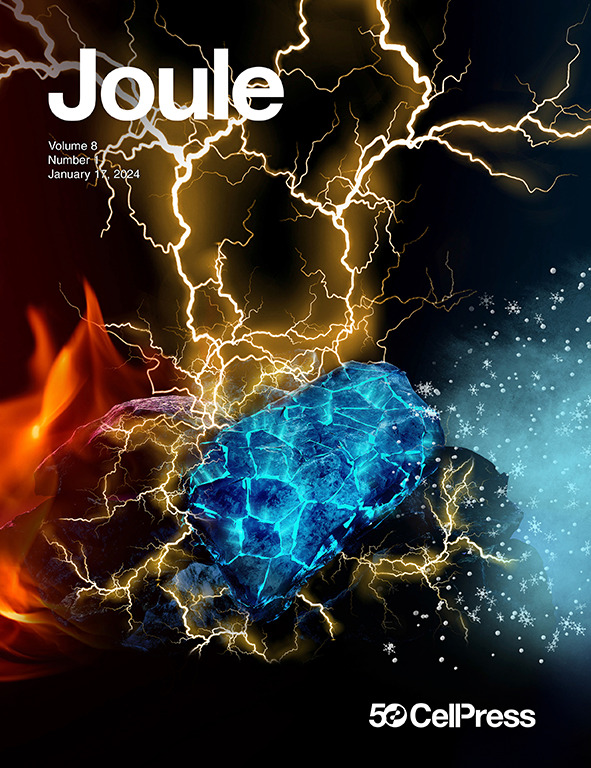绿色分离驱动电极用于水电解
IF 35.4
1区 材料科学
Q1 CHEMISTRY, PHYSICAL
引用次数: 0
摘要
电极材料的有效分离对废锂离子电池直接再生的工业应用提出了挑战。在最近一期的Nature Sustainability中,Wang等人介绍了一种用于电极材料快速分离的水电解诱导分离(WES)技术,回收率超过99.5%。本文章由计算机程序翻译,如有差异,请以英文原文为准。


Green separation of driving electrodes for water electrolysis
The effective separation of electrode materials poses a challenge to the industrial application of direct regeneration of spent lithium-ion batteries (LIBs). In a recent issue of Nature Sustainability, Wang et al. introduced a water-electrolysis-induced separation (WES) technology for rapid separation of electrode materials, achieving a recovery rate exceeding 99.5%.
求助全文
通过发布文献求助,成功后即可免费获取论文全文。
去求助
来源期刊

Joule
Energy-General Energy
CiteScore
53.10
自引率
2.00%
发文量
198
期刊介绍:
Joule is a sister journal to Cell that focuses on research, analysis, and ideas related to sustainable energy. It aims to address the global challenge of the need for more sustainable energy solutions. Joule is a forward-looking journal that bridges disciplines and scales of energy research. It connects researchers and analysts working on scientific, technical, economic, policy, and social challenges related to sustainable energy. The journal covers a wide range of energy research, from fundamental laboratory studies on energy conversion and storage to global-level analysis. Joule aims to highlight and amplify the implications, challenges, and opportunities of novel energy research for different groups in the field.
 求助内容:
求助内容: 应助结果提醒方式:
应助结果提醒方式:


